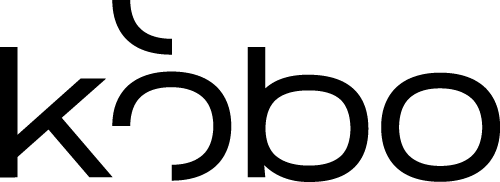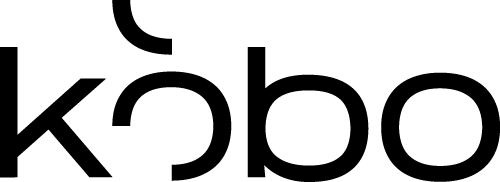No products in the cart.
Dansaekhwa: Korean Minimalist Painting
Dansaekhwa: Korean Minimalist Painting
by Ana Brdar
Dansaekhwa (sometimes romanized as Tansaekhwa), or the Korean monochrome art movement, emerged in the post-war South Korea as an effort to reject the realist tendencies that had been established during Park Chung-hee’s totalitarian rule of the 1960s and 70s. This radical reaction to the figurative style of the state’s political propaganda presented itself in form of large-scale abstract paintings, created with barren, monochromatic palettes that consisted mostly of neutral, black and white hues. The artists utilized elements notably specific to Eastern art, such as rice paper, hanji paper and calligraphic ink, which was interpreted by some critics and scholars as a statement on the West’s increasing influence in Korea and the country’s aggressive modernization, but also as an attempt to confirm Korea’s own identity that had suffered greatly under the Japanese colonial rule. However, these traditional tools of creating art were now employed in an entirely novel way – they were allowing the artists to explore the possibilities and limits of abstract expression, thus helping the works become decidedly anti-traditional. Moreover, the creators within the Dansaekhwa movement did appropriate elements of Western contemporary art, mainly American Abstract Expressionism and the closely related Color Field painting. Another characteristic that defines this movement is the focus on the act of making art, causing some critics to describe Dansaekhwa as a type of performance, in which the viewer is encouraged to interact with the artwork in a process that ultimately destroys the traditional relationship and hierarchy between the artist and the observer. In her book Contemporary Korean Art: Tansaekhwa and the Urgency of Method, Joan Kee further explains this idea:
”In lieu of a schematic whereby the artwork passively transmits the artist’s intention to the equally passive viewer, the artwork is activated only upon the viewer’s sustained engagement with the terms of its material and physical presence.”
The result of this approach were simple, yet provoking art pieces that had a lot to say with very little. Among the artists at the forefront of the Dansaekhwa movement were Lee Ufan, Park Seo-bo, Chung Sang-hwa, Yun Hyong-keun, Ha Chong-hyun, Hur Hwang and Lee Dong-you. Some of them spent a lot of time traveling from Korea to the US and Europe, which explains this hybrid of western and local influences in their artistic expression. Even though the work of these artists undoubtedly left its mark on Korean contemporary art, it was only in recent years that it started being rediscovered elsewhere – leading to increased exposure in galleries, art fares, museums and biennales in Shanghai, Hong Kong, London, Venice, New York. Additionally, the release of various English-language publications on Dansaekhwa further popularized this movement on the international art scene.
This should not come as a surprise – the blend of minimalist approach and profound philosophy behind the Dansaekhwa movement is what makes it so deeply intriguing to audiences to this day. The way it manages to explore the concepts of Asian tradition and Western modernity and ultimately transcend both is what stands at the core of this artistic movement – proving that less is indeed more.


